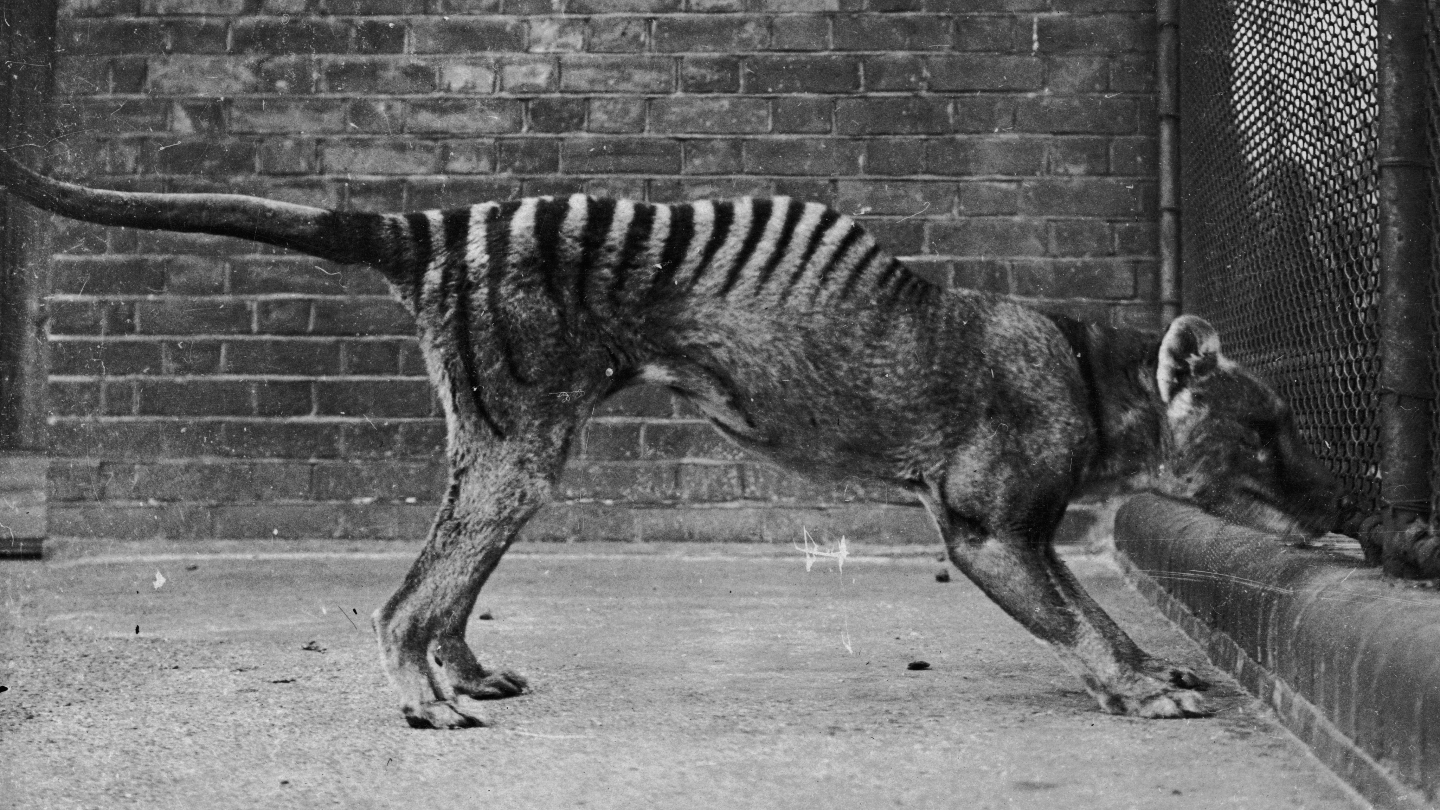For the first time, researchers have successfully extracted and decoded RNA from an extinct animal.
With dark stripes running over its tawny coat from its shoulders to its tail and jaws capable of opening more than 80 degrees, the thylacine (Thylacinus cynocephalus) was a striking animal. But the carnivores were no match for humans: As sheep farming proliferated in the 1800s in Tasmania — the home of the last remaining wild population of thylacine — the animals were frequently implicated in killing livestock. In the late 19th century, a bounty was established for every adult thylacine killed, and the animals were hunted nearly to extinction.
In recent years, researchers have mapped out the thylacine genetic blueprint, in addition to the genomes of other extinct animals like the woolly mammoth (SN: 2/17/21). But such investigations were all focused on DNA. Only RNA can reveal how an organism’s cells actually functioned, says Emilio Mármol-Sánchez, a geneticist at the Karolinska Institute in Stockholm. “You see the real biology of the cell.”
In 2020, Mármol-Sánchez and colleagues came across a thylacine specimen in storage at the Natural History Museum in Stockholm. “It was just there in a cupboard,” says Mármol-Sánchez, then at Stockholm University and the Center for Paleogenetics in Stockholm.
2023-09-19 16:31:07
Original from www.sciencenews.org
